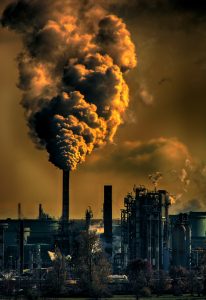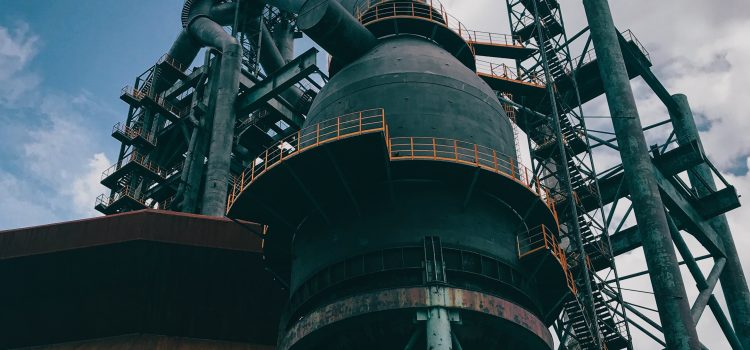
Introduction
China’s economic slowdown has cast its shadow on the factories at the front line, offering insights into the challenges and dynamics of an evolving industrial landscape. These factories, often the engines of growth, now grapple with shifts in demand, supply chain complexities, and labor dynamics. In this article, we delve into the impact of China’s economic deceleration on front line factories and the strategies employed to navigate these uncharted waters.
Economic Headwinds: China’s Front line Factories Amidst Slowdown
Front

line factories, the backbone of China’s industrial prowess, find themselves at the intersection of economic headwinds and industrial transformation. As China’s economic growth moderates, these factories face the pressures of declining demand, reduced export opportunities, and changing consumption patterns. The shifts in the global economic landscape have direct implications for these factories, prompting a reevaluation of strategies and operational models.
Factory Output Trends: Unveiling the Impact of Economic Deceleration
The economic slowdown is manifested in factory output trends, reflecting the broader economic environment. Reduced consumer spending, both domestically and internationally, has a cascading effect on the production of goods. Manufacturers catering to discretionary items experience particular challenges as consumer preferences adapt to changing economic conditions. This shift highlights the delicate balance between production optimization and adapting to evolving consumer needs.
Labor Dynamics: Workforce and Employment Implications
China’s frontline factories are not only engines of production but also significant sources of employment. The economic slowdown introduces complex labor dynamics, potentially leading to workforce reductions, altered labor policies, and changes in wage structures. Balancing the need to maintain productivity while safeguarding employee well-being becomes a critical concern. As factories navigate these labor challenges, the human dimension of the economic slowdown comes to the forefront.
Adaptation and Resilience: Strategies for Frontline Factories
Amidst the challenges posed by the economic slowdown, front line factories demonstrate remarkable adaptability and resilience. Many factories are embracing technological advancements, automation, and digitalization to optimize production processes and enhance efficiency. This shift toward innovation not only mitigates the impact of the economic deceleration but also positions factories for long-term competitiveness in an ever-evolving global market. Additionally, some factories are exploring diversification strategies, seeking new markets, and reimagining products to align with changing consumer preferences. By exploring these avenues, factories strive to maintain relevance and capitalize on emerging opportunities despite the economic headwinds.
Conclusion
The factories on the front line of China’s economic slowdown exemplify the intricate relationship between macroeconomic trends and industrial dynamics. These factories are not only indicators of economic health but also pioneers of adaptation and innovation. As China navigates its economic transition, the strategies employed by these frontline factories underscore the importance of flexibility, resilience, and forward-thinking approaches to safeguarding growth and maintaining industrial relevance.










